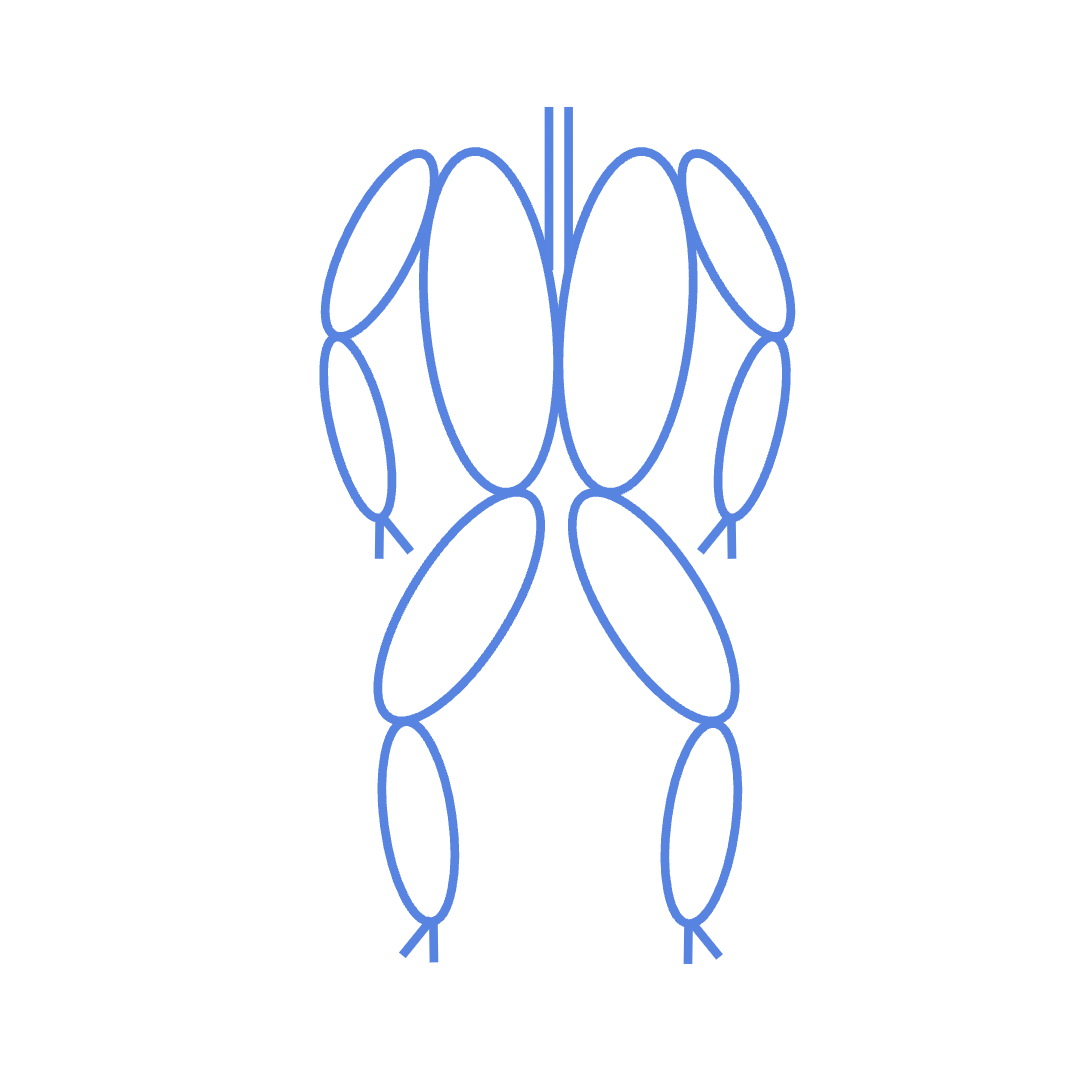Why I Don’t Think Genetics Should Be a Reason to Stop Trying
The science on whether we can truly change things like flat feet, duck feet, or other structural alignment issues is nuanced. There are arguments on both sides. Some researchers and clinicians say these patterns are mostly structural and fixed, and that trying to change them is a losing battle. Others point to evidence that the body is adaptable, that tissues remodel, that the nervous system can reorganize, and that function sometimes can improve with the right inputs. The truth is probably somewhere in the middle. It’s not simple, and it’s definitely not easy. And it may not be possible for everyone. But personally, I choose to believe there is room for improvement. I choose the side of hope, rather than the assumption that genetics are a permanent stop sign. Just my view. And below are some examples from research that suggest environment and adaptation have shaped human biology before—so maybe change is more possible than we think.
Personally, I’ve never been able to accept the idea that genetics are a full stop. For me, it feels like a kind of surrender. Maybe that’s just how I’m wired, but the thought of saying “this is the end of the story” doesn’t sit well. I don’t believe improvement is only for the lucky or the gifted. I believe it’s available to everyone, even if the road looks different for each of us.
And there’s something interesting here: biology itself doesn’t support the idea that we’re fixed and unchangeable. Human history shows that our bodies adapt in response to environment. Not just in small ways—sometimes in ways that reshape entire populations.
Take high-altitude regions as an example. When humans migrated into places like the Tibetan Plateau, the Andes, and the Ethiopian highlands, they were suddenly living in thin air with far less oxygen than at sea level. That’s an extreme challenge to the human system. Yet over generations, people living there developed genetic adaptations that help them use oxygen more efficiently. Their blood and physiology work differently under stress. Scientists have documented actual gene variations tied to that adaptation.
That’s real, peer-reviewed research—not speculation.
So if entire populations can adapt over time to something as dramatic as low-oxygen mountain environments, it makes me think: maybe our day-to-day physical challenges aren’t as hopeless as we sometimes assume. Maybe we’ve been built with more capacity for change than we’re taught.
I’m not saying everyone can become an Olympic athlete or erase every injury. I’m not ignoring the reality that some people have steeper hills to climb. But I do believe that change is possible, and that the effort itself matters—even if improvement is slow, or messy, or uneven. Even if no one sees it.
To me, the real value isn’t in reaching perfection. It’s in refusing to quit on ourselves. The journey and overcoming is what builds character. You don’t want to be the person who was handed everything, even though you think you might.
The win is in failing and then trying again.
It’s in maintaining hope.
Genetics influence us, but they don’t define the limits of our potential. Not unless we decide they do.
And I personally don’t want to live that way so I search for answers that tell me to keep pushing ahead.
